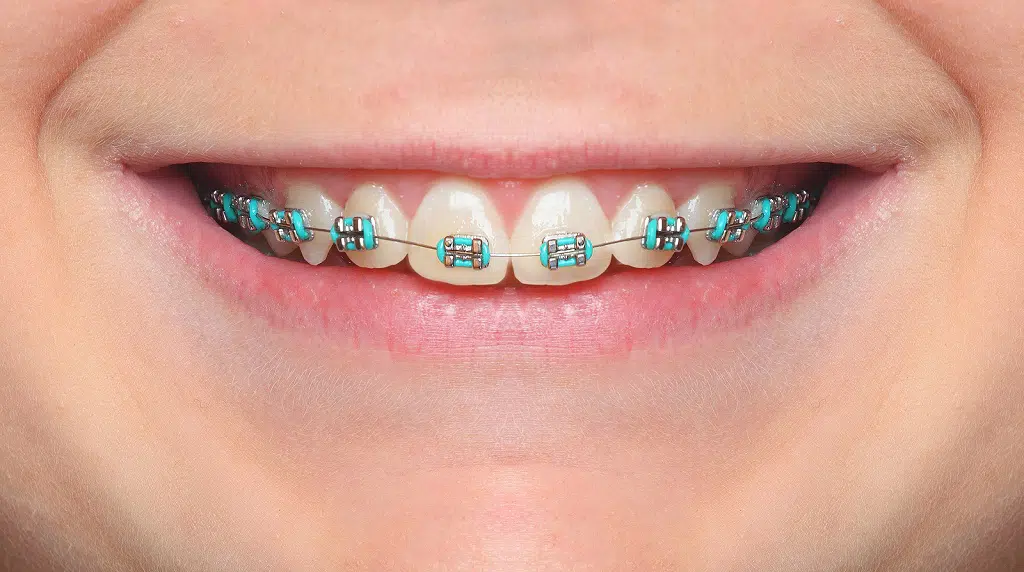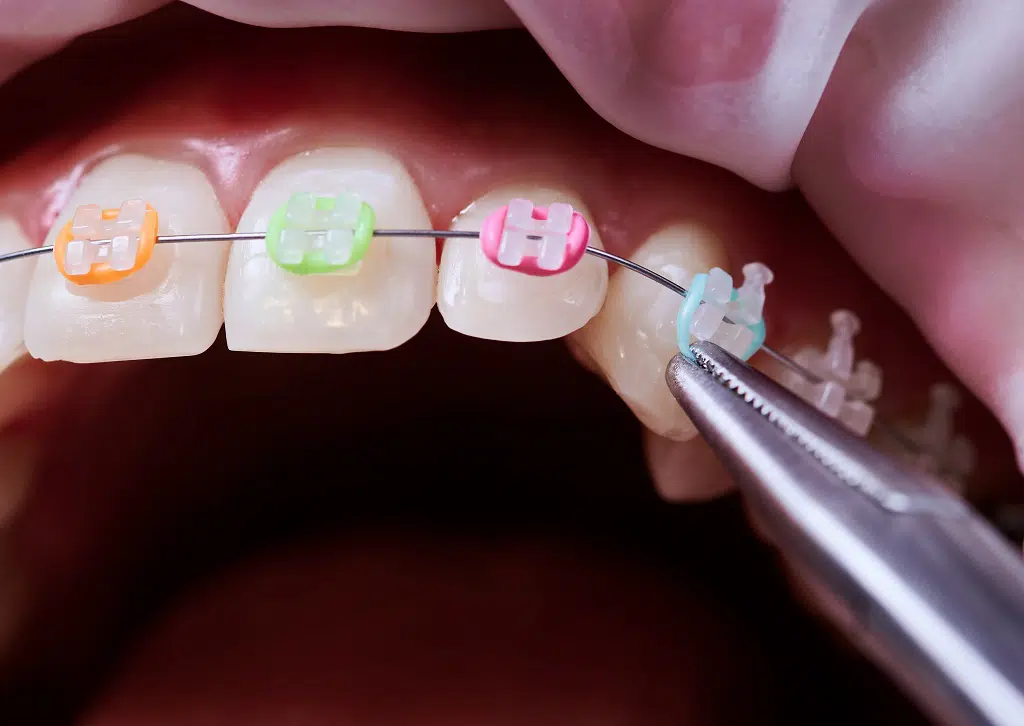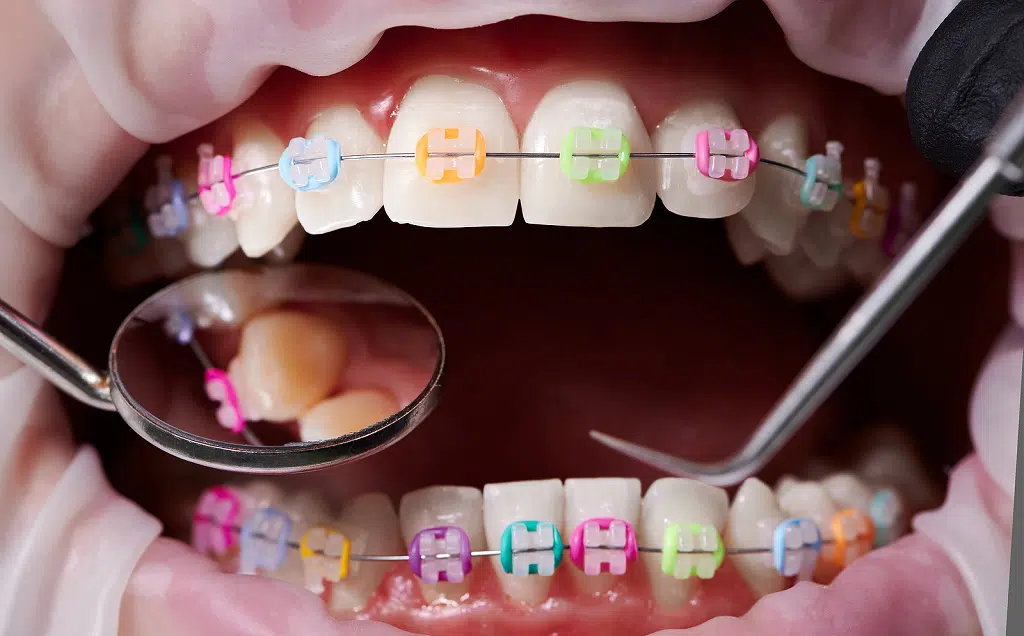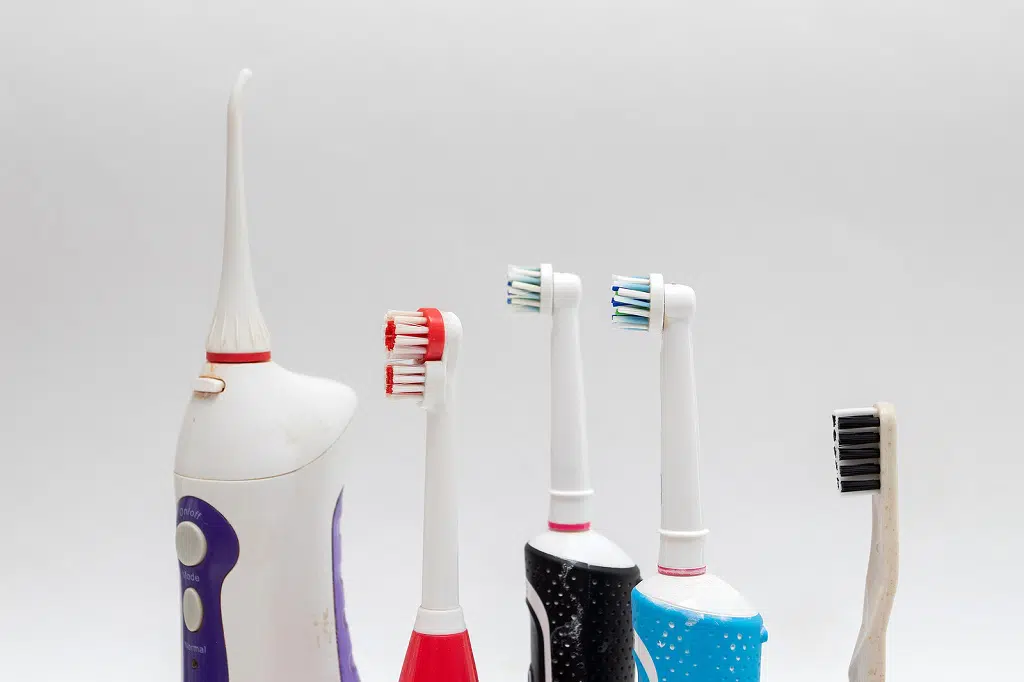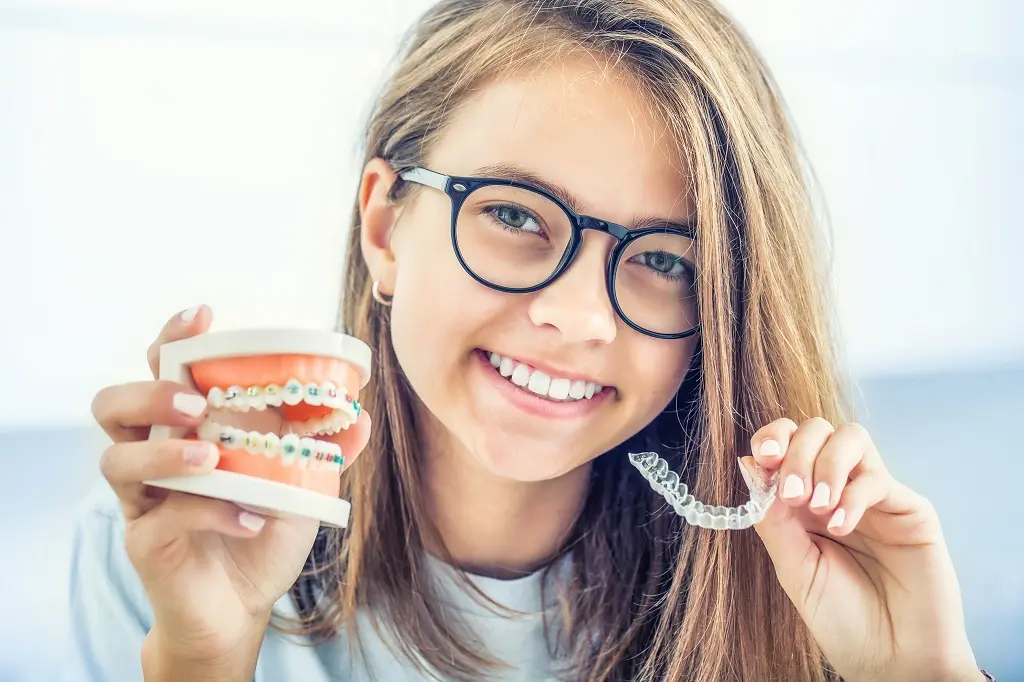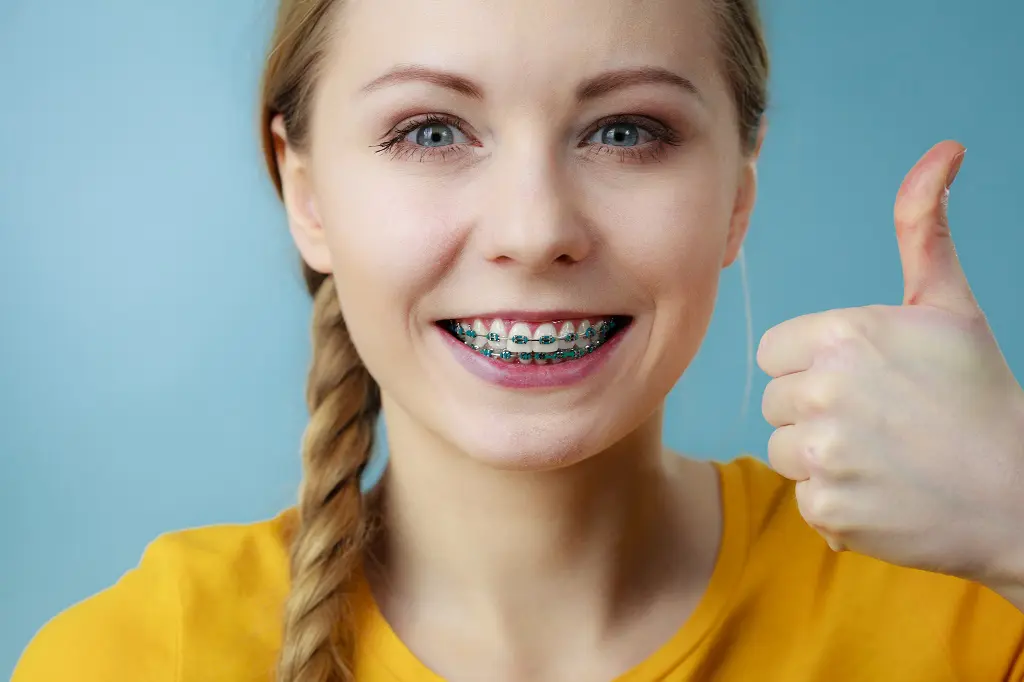You want to get braces, but first, you need to know how much they cost. You’ve probably asked your friends, “How much do braces cost,” and received lots of different answers. That’s because there is not a definitive answer to the question, “How much do braces cost?” Instead, it depends on your treatment length and the type of braces you choose. Still, you can learn the price range for braces. This will give you a better idea of how much you’ll spend on braces. At Northeastern Braces, we offer a variety of braces in Bronx, NY to fit your budget and needs.
How Much Do Braces Cost – The Price Ranges
When getting the answer to, “How much do braces cost,” you need to consider the type of braces. Metal braces cost between $3,000-$6,000. Ceramic braces cost $4,000-$8,000, and lingual braces cost $8,000-$10,000.
When asking, “How much do braces cost,” you might be interested in Invisalign, as well. Invisalign costs between $3,000-$8,000.
Insurance and Braces
You have a general answer to the question, “How much do braces cost.” Now, it’s time to look at how you can save on braces. If you have dental insurance, you can reduce the cost of braces. While some plans only cover metal and ceramic braces, others cover lingual braces and Invisalign, as well. Before you know the full answer to “How much do braces cost,” you should check with your insurance company.
Other Ways to Reduce the Cost of Braces
You can also reduce the cost of braces by being compliant during the treatment. Going to your orthodontic appointments and taking care of your braces will speed up the treatment. The less time you have to wear the braces, the less they will cost, so this is critical. Your orthodontist will go over the care plan with you when you get braces. Your orthodontist will also answer the question, “How much do braces cost?” for your specific case.
How to Take Care of Your Braces
Certainly! Taking proper care of your braces is essential for maintaining good oral hygiene and ensuring successful treatment. Here are some important points on how to take care of your braces:
Oral hygiene: Brush your teeth thoroughly after every meal and snack. Use a soft-bristled toothbrush and fluoride toothpaste. Pay special attention to brushing around the brackets and wires of your braces. Consider using an interdental brush or a proxabrush to clean between the brackets and under the wires. Floss at least once a day using special orthodontic floss or a floss threader to navigate around the wires.
Avoid certain foods: Some foods can damage or get stuck in your braces, causing discomfort or even breakage. Avoid sticky or chewy foods like gum, caramel, and taffy. Cut hard foods into small pieces before eating, and avoid biting into hard objects like ice or pens.
Wear a mouthguard: If you participate in sports or other physical activities, it’s important to protect your braces and teeth. Wear a mouth guard to minimize the risk of injuries. Ask your orthodontist for recommendations on the best type of mouthguard for you.
Be mindful of what you drink: Sugary and acidic drinks can contribute to tooth decay and enamel damage. Minimize consumption of sugary beverages like soda and sports drinks. If you do drink them, use a straw to reduce contact with your teeth. Opt for water or unsweetened drinks whenever possible.
Attend regular orthodontic appointments: Regular visits to your orthodontist are crucial for monitoring your progress and making adjustments to your braces. Follow the recommended appointment schedule and communicate any concerns or issues you may be experiencing.
Follow specific instructions: Your orthodontist may provide additional guidelines specific to your case. This could include wearing rubber bands or other appliances, avoiding certain habits (like thumb-sucking or nail-biting), or using orthodontic wax to alleviate discomfort from brackets or wires.
Remember, following these care instructions diligently can help ensure a smoother and more effective orthodontic treatment. If you have any questions or concerns about taking care of your braces, don’t hesitate to reach out to your orthodontist for guidance and support.
Learn ‘How Much Do Braces Cost’ and More
Since every patient is different, you need to schedule a consultation to find out, “How much do braces cost?” Northeastern Braces has offices in Newburgh and the Bronx and can answer your questions and provide your treatment. Contact Northeastern Braces’ Bronx office at (917) 801-3600 or the Newburgh office at (845) 863-0500 to schedule a consultation.


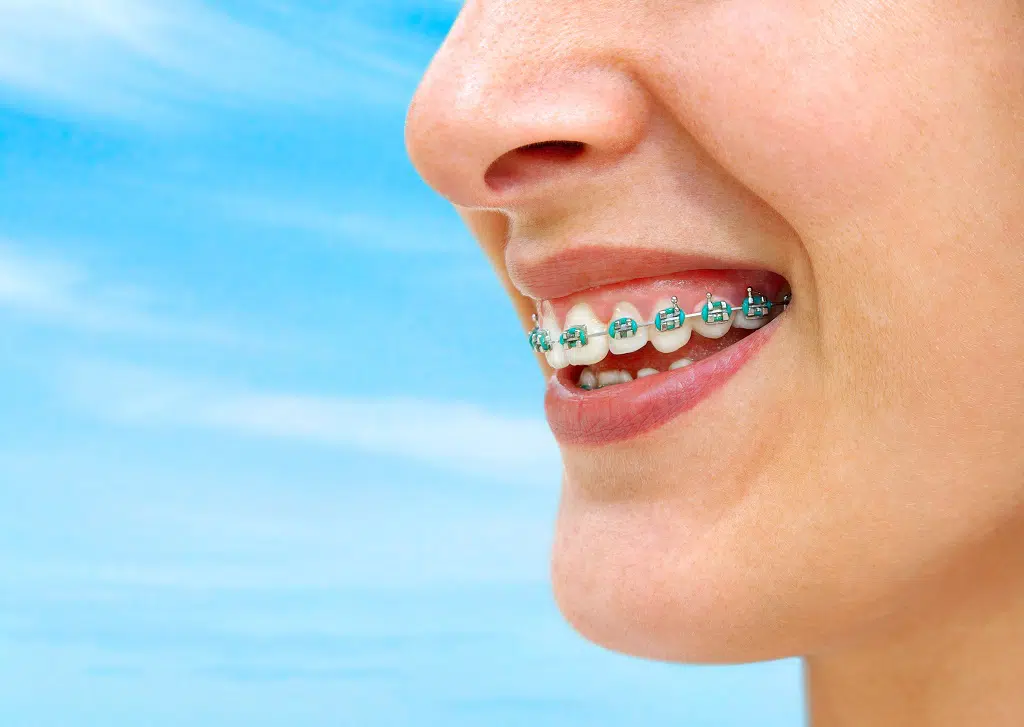
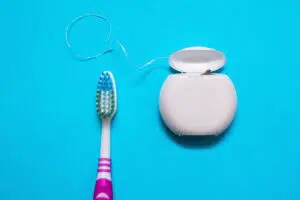 Braces create a gazillion nooks and crannies. The edges of each bracket hide food particles and can develop plaque. Food particles hide under the archwire, where they can create tooth decay, gum disease, and bad breath. We understand that oral hygiene takes time out of your busy day, but it’s essential.
Braces create a gazillion nooks and crannies. The edges of each bracket hide food particles and can develop plaque. Food particles hide under the archwire, where they can create tooth decay, gum disease, and bad breath. We understand that oral hygiene takes time out of your busy day, but it’s essential.